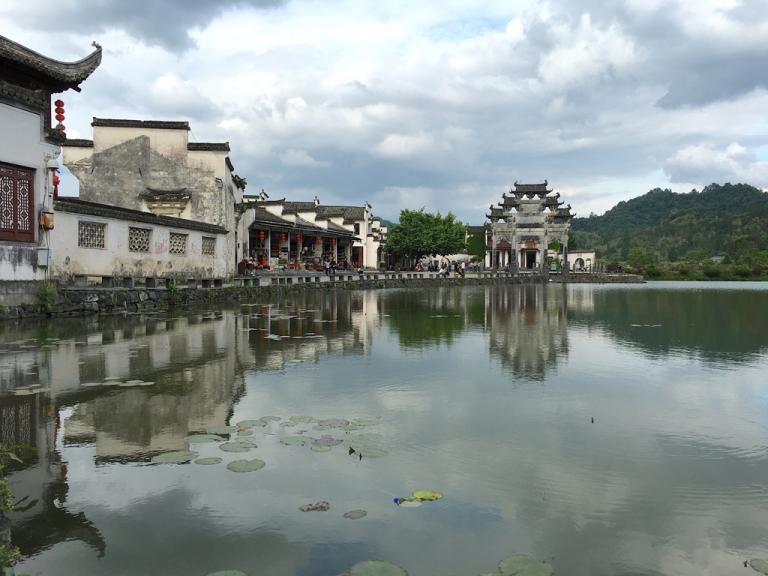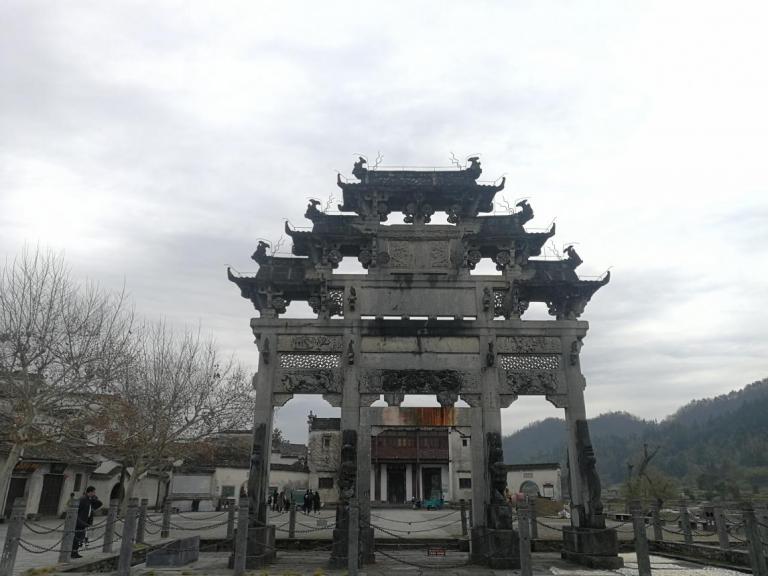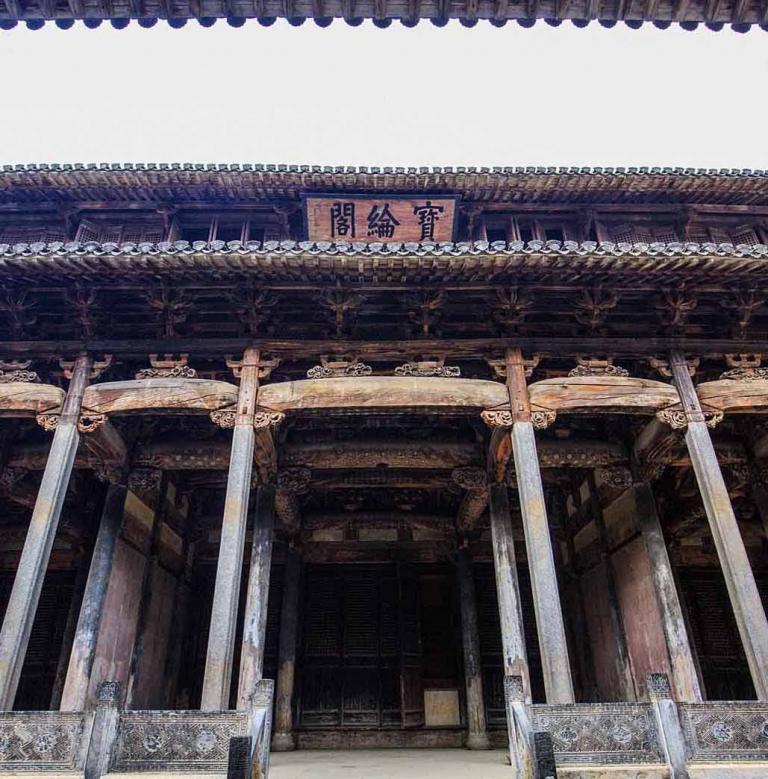Ancient Village in Western Beijing eway of xidi
4 min readCuandixia village, also known as Mingging village and Guji village, is the site of ar ancient mountain retreat located 90 kilometers outside of beijing on the ancient route leading west out of the city. Cuandixia Village, which retains the ancient character of the Ming and Qing dynasties, is situated to the north up against a mountain and faces south.The village consists of a patchwork of tall and short buildings and has been called the Potala palace”of western Beijing. The overall layout of the village is perfectly in harmony with the natural surroundings. There are 70 courtyard houses on the north-south axis centered on Longtou(Dragon’s Head) Mountain, and the heights of the houses follow the contour of the mountain in the shape of a fan going down the mountain. looking at the village from a distant hill to the south, the village looks very much like a traditional fan-shaped ingot of silver or gold and at the same time resembles the yin and yang diagram found at the center of the eight Trigrams. Surrounded by mountains, the village has a typical mountain village environment of mountains and streams that can be clearly seen from afar. On November 27, 2003 the village was named for inclusion in the first group of Chinese cultural and historical villages by the ministry of construction and the state Cultural relics bureau.

Cuandixia is the residence of the han clan The first of the family to arrive came from Shanxi during the reign of the Ming Emperor Yongle(1403-1424) over 400 years ago The village of Cuandixia (meaning below the bottom of Cuan) is located down from the Ming Dynasty military mountain pass of cuanli ankou, and hence its name.
A total of 76 courtyards have been preserved containing 656 residences in the village which occupies an area of about 10, 000 square meters. The structure of the village iscareful, precise and rational, a jumble of styles with an overarching theme. A winding street divides the village into upper and lower sections. Architectural details such as the stone walls, arched gateways, decorated screen walls, engraved bricks, stone carvings and wood sculptures, give the village the feeling of the villages of southern China whileretaining the feeling of broad magnificence of the large courtyard houses of northern China. The village has retained its original appearance and the character of a ming or Qing dynasty village in spite of drastic changes that have taken place during its centuries ofexistence. It is the first fairly well preserved group of ancient dwellings in a northern mountain village discovered in the country. People say, For the folk customs and houses of common people, go west of Beijing: to see the houses west of Beijing, go to Cuandixia Most of the dwellings in Cuandixia are in the form of courtyard houses, with the courtyard space basically arranged the same as those in beijing and the houses usually arranged around the courtyard. The space is carefully ordered so that within the courtyard feels spacious and from the outside appears closed off with a distinct central axis. The usual arrangement is one house facing the south, one house facing the north and one to the left and one to the right surrounding a courtyard, but some also have more houses around the courtyard with a strict hierarchy for the houses. This kind of carefully planned arrangement of houses in a mountain village is rare among such villages, which are usuall more mixed in character. There are mainly three types of courtyard houses in Cuandixia. Thelargest house facing the south in the village has 5 rooms, but most houses facing the south and houses facing the north have 3 rooms and left and right houses have 2. all of the houses are one-level.

The ancient buildings of Cuandixia are rich in culture. Overall, they are plain and imple but dignified, fully reflecting traditional Chinese aesthetics. The dwellings are extensively decorated with a combination of engraved bricks, stone carvings, wood sculptures, and calligraphy paintings, but otherwise plain without decoration. the designs of the decorations are rich, varied, and profound, and the workmanship is excellent. The decorations are mainly concentrated on the ridges, eaves, wall bases,threshold stones. do decorated screen walls. The decorations also contain a number of auspicious words and phrases. The locations, content and quality of workmanship varies greatly according to the family s status and economic conditions .
The main auxiliary structures found in Cuandixia include inside and outside decorated screen walls, arched doorways, posts for tying up horses, stones for mounting horses, horse sheds, and dog doors. Cuandixia is not large and the population is small, but is fairl comprehensive, with the Guandi Temple (Great Temple), Niangniang Temple, and Wudao Temple.









